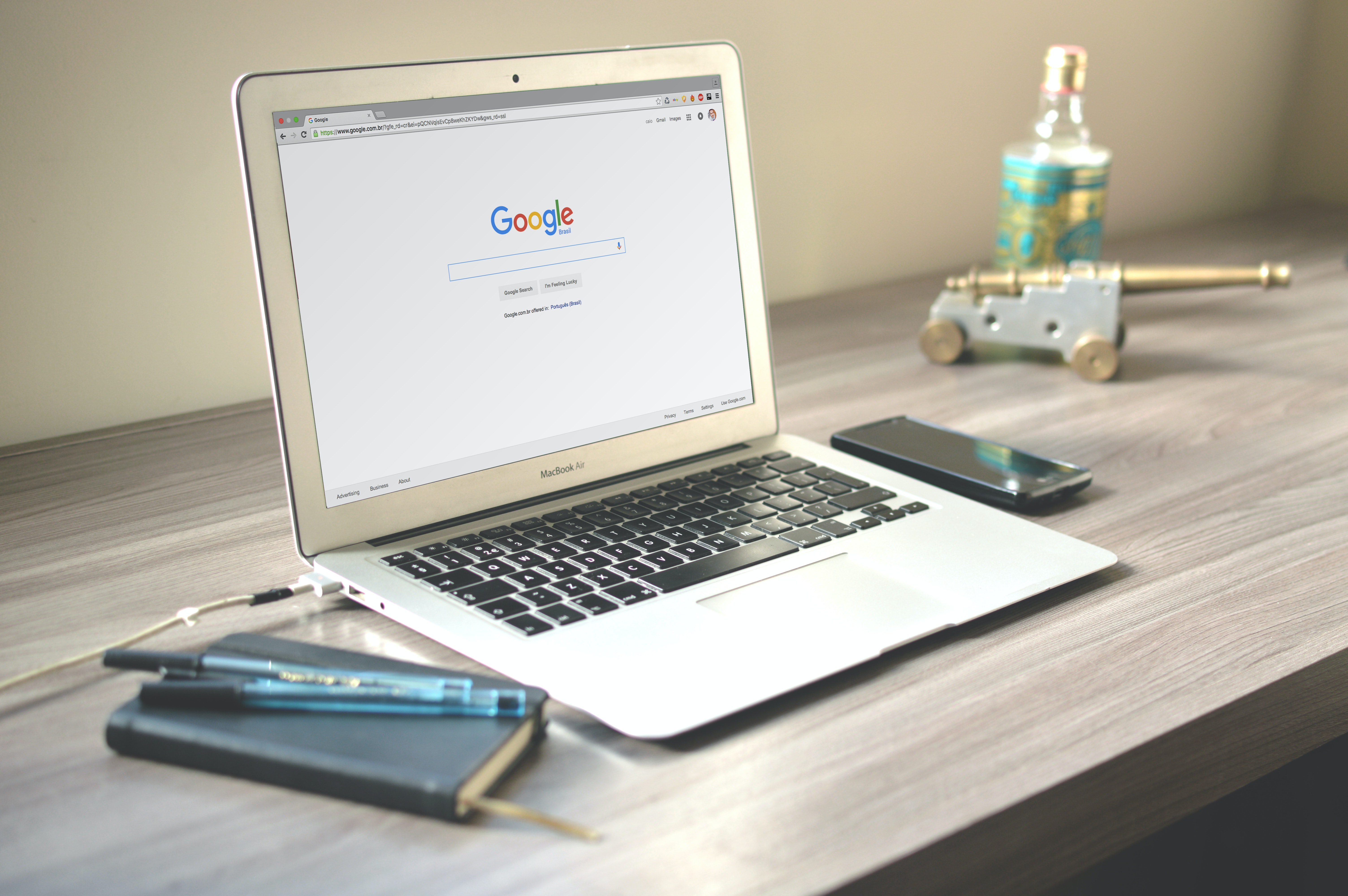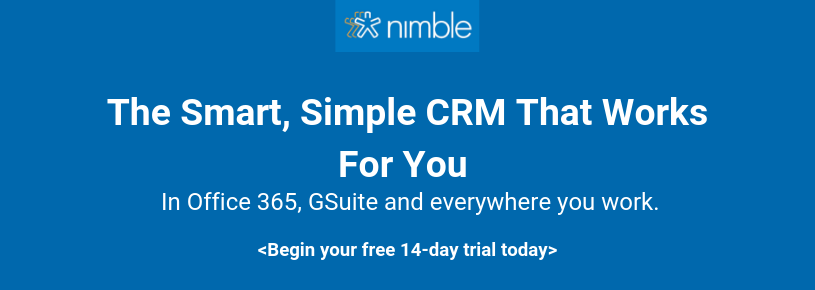Website personalization is the process of creating a unique experience for each visitor that comes to your site. When it’s executed perfectly, a personalized experience can impress visitors, increase conversions, and ensure that content is more relevant.
Your challenge is to make personalization work for your audience in a way that helps you reach your goals. To get started, check out these nine great ideas for website personalization.
1. Personalize Navigation
If you’re routing every visitor to the same generic homepage, you may be missing out on an opportunity to create an engaging experience. Why not use personalization to create a custom experience from the beginning.
Here are a few things to try:
- Use a small pop-up to query users about their intentions before routing them to a personalized page.
- Route users to the last page they visited.
- Personalize your homepage with a customized greeting and headings.
2. Customize Search Results
If you don’t have a search feature on your website already, you should definitely add that. Next, consider further personalizing those search results. You can curate custom search results based on past purchases, website navigation history, intent, and other behaviors. By doing this, you decrease the number of clicks it takes for a visitor to get to the product or content that interests them.

3. Use Location-Based Targeting
You can use geo-location targeting to route visitors to the correct store, segment offers, and information based on location, and share localized content. Location-based targeting can also be used to personalize product recommendations and display content in the correct language.
Just be mindful when using this kind of technology to avoid making customers feel as if their privacy is being violated. Location-based personalization should only be used when it truly adds something to the user experience.
4. Add AR Try-On Tools
If you’ve ever used a website or app-based tool to virtually try on making up, hairstyles, or clothing, you’ve used a try-on tool. You’ve also used similar technology if you’ve used IKEA’s app to see what furniture or home decor will look like in your home before you buy it.
These tools augmented reality technology to mix elements of reality, such as a customer’s picture or a room as viewed through their smartphone camera, with other features. The result is that customers get a personalized try-on experience that they couldn’t get without visiting a brick and mortar location.
5. Recommend Complementary Products
This is hardly revolutionary. In fact, most eCommerce sites offer this level of personalization already. Most of us have visited a website, and seen some version ‘People who bought X Product also bought Y Product’ messaging.
However, there are more creative ways to use this approach. For example, Forever 21 gives shoppers the ability to shop for a whole outfit at once. This function uses AI technology that allows users to build an outfit based on the clothing they have already selected.
Consider using content tools and resources like Canva, Grab My Essay, and Trust My Paper in order to ensure that product pages are engaging and informative.
6. Personalize Content Recommendations
There’s more to personalizing than curating products you think a particular customer will like. Many of your visitors aren’t looking for something to buy, but for information instead. Use data such as saved search information, page visits, past purchases, and stated intent to provide recommendations for blog posts, articles, videos, and other on-site content.
By providing on-site links to other content, you don’t just help your readers stay informed. You can also increase the amount of time they spend on your website overall. This can improve your search metrics, and increase conversions.
David Jones, a writing guru for Studicus, says, “One of the simplest ways to implement this is by adding links to other pages of interest at the bottom of blog posts and other content. This way, readers who wish to dig further only have to click.”
7. Pitch Products and Services in The Checklane
Shoppers already like personalized recommendations and are more likely to make purchases when they receive them. Why not take it a step further and catch them with personalized offers as they’re making their purchase. Try adding some relevant product and service offerings during the checkout process itself. This is a great way to introduce shoppers to items that will be of interest to them based on what they are already purchasing.
8. Provide a History or Recently Viewed Tab
‘Where’s that blog post I was reading the last time I was on this site?’ ‘Why can’t I find the shoes I was looking at yesterday?’ Why not help your visitors answer these questions by providing them with a tab of recently viewed products and pages. This way, if they exit your page for any reason, they can return to the pages they were last using with just a click or two.
9. Personalize Based on Events
You can combine location-based data with an understanding of events that might be impacting customers to personalize both content and messaging. For example, if customers in a particular region are impacted by a natural disaster, you could post a sympathetic message on your site along with a notification that you were waiving late fees for anyone affected. Chances are, you’ve seen examples of this on the sites you’ve visited due to the recent Covid-19 outbreak.
Of course, not all event-based personalization needs to be somber. Use location-based data to reach out with personalized content and recommendations based on local sporting events, community initiatives, even the weather.
Final Thoughts
Website users are more discerning than ever when it comes to their experiences online. When you personalize their website interactions, you show that you care about meeting their specific needs. This leads to better engagement, more conversions, and improved customer relationships. The nine simple tips above are perfect for getting started.


